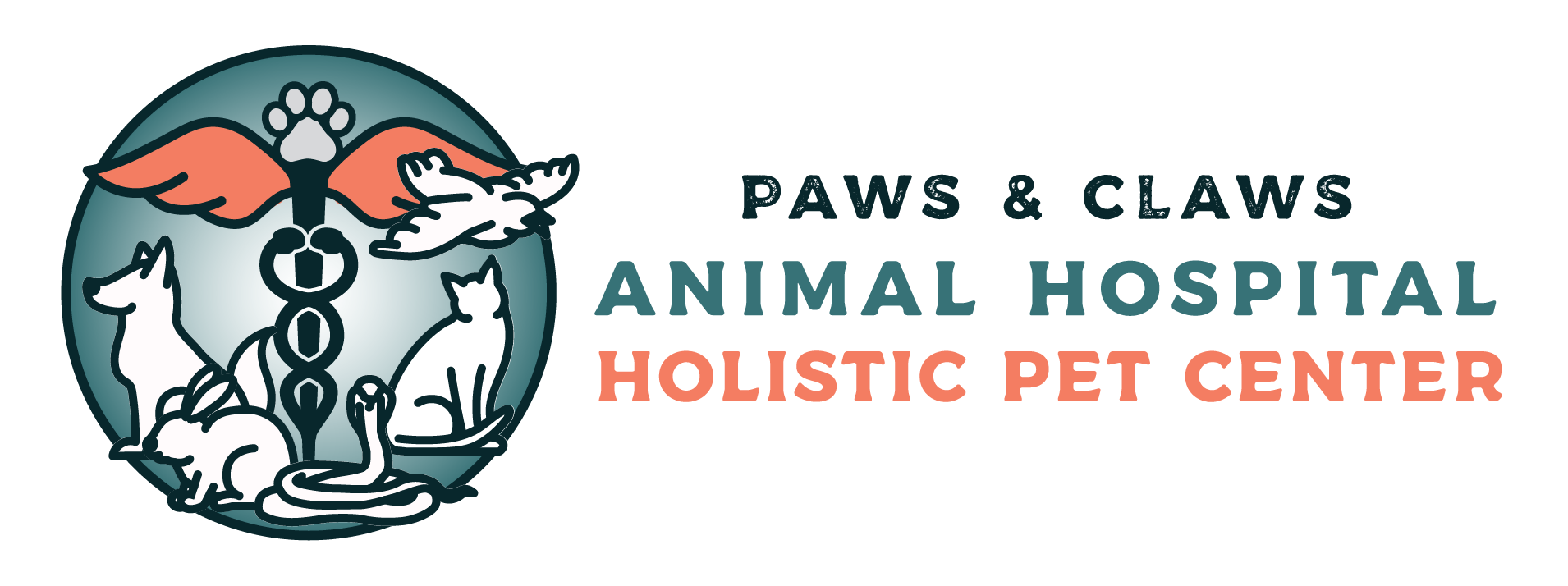Obesity is a severe and debilitating illness, and the most common nutritional disease in both animals and people. Estimates suggest that up to 45% of dogs and 13% of cats are obese, and even these figures may be too low according to many veterinarians, judging by the number of obese animals they see every day in practice.
Current medical opinion states that an animal is obese if he weighs 15% or more over his ideal weight. While people often use their animal’s actual weight to gauge obesity, it is probably more accurate to use a body composition score instead. Body composition is measured by looking at the animal from the top and sides and feeling the areas over his ribs and spine. It more accurately reflects obesity than a certain magical number.
The Problem with Obesity
Can you prevent obesity? Absolutely. As is the case with people, most obese animals are made that way. They aren’t born fat. So how does obesity happen? An overabundance of calories, paired with a lack of good aerobic exercise, is almost guaranteed to give you a fat animal! Many guardians give their animals frequent treats and snacks and feed them whenever they beg for food. People may believe they are being caring and loving by rewarding these begging behaviors, but they are actually killing their companions with kindness by setting them up for all the medical problems that can occur with obesity. These include:
- Orthopedic conditions (including arthritis)
- Ruptured ligaments
- Intervertebral disk disease
- Difficulty breathing
- Reduced capacity for exercise (and in severe cases any movement at all)
- Heat intolerance
- Increased risk of complications from drug therapy (it is more difficult to accurately dose medications in obese animals)
- Cardiac problems
- Hypertension
- Cancer
When you realize that excess body fat occurs in the cavities of the chest and abdomen (in fact, it is often deposited there first) as well as under the skin (what we see as “fat”), it is not surprising that obesity can cause so many medical conditions.
Treating obesity involves restricting calories and increasing the metabolic rate with a controlled exercise program. In other words, diet and exercise are the two most important factors when it comes to fighting fat.
Eating Right
Contrary to popular belief, store-bought “Lite” diets are not usually adequate, as they are not designed for weight loss but rather weight maintenance. Additionally, many contain chemicals, by-products, and fillers, and are not part of a holistic program.
Homemade restricted-calorie diets are the first choice for obese animals. The second choice would be processed “obesity-management” diets available through veterinarians, although many of these also contain chemicals, by-products, and fillers. These “obesity-management” diets can be used until the target weight is obtained, then replaced with a homemade maintenance diet if possible.
Foods that are high in fiber increase metabolism and are therefore an important part of weight-loss diets. The fiber contained in vegetables decreases fat and glucose absorption. Fluctuating glucose levels cause greater insulin release which over time leads to diabetes; since insulin is needed for fat storage, decreased or stable levels are preferred. Fiber also binds to fat in the intestinal tract and increases the movement of food through the intestines.
Additional Therapies
Several natural therapies may be helpful for treating obesity in some animals. These include chromium, carnitine, herbs such as cayenne, ginger, and mustard, hydroxy citric acid (HCA), white bean extract, epigallocatechin gallate (EGCG), and coenzyme Q10. They are widely used with variable success, although they have not been thoroughly investigated and proven at this time.
A new supplement, VetriLean by VetriScience, appears promising. It contains the clinically tested starch blocker Phase 2 pet®, a white bean extract. This ingredient has been shown to cut starch digestion by up to 75%. Also in the formula is EGCG from green tea extract. It boosts metabolism, inhibits carbohydrate digesting enzymes, helps maintain normal blood insulin levels (which promotes the burning of fat), and controls appetite. Chromium polynicotinate, meanwhile, is a niacin-bound chromium that supports appetite control and helps build muscle and burn fat.
Exercise is Key
As with humans, a regular program of supervised exercise is very important for animals on a weight-reduction program. In fact, exercise must be implemented along with a weight loss diet in order to achieve maximum results. As well as burning off excess calories, mild exercise reduces hunger, improves muscle strength and aerobic ability, has positive effects on all the body’s organs, and is mentally stimulating for both animals and guardians. (It can decrease behavioral problems as well).
There is no one best exercise program for every animal; it must be personalized to your dog or cat’s needs and abilities. Work with your veterinarian to determine a regimen that is best for your animal.
Combining a sensible diet and appropriate supplements with the correct exercise program is the best way to help your dog or cat lose weight. As with anything else, though, prevention is better than a cure, so keeping your animal from becoming obese in the first place is the preferred approach.
Remember — because diseases such as hypothyroidism and diabetes mellitus can be associated with excess fat, overweight animals should be screened for these disorders prior to treatment for obesity.
